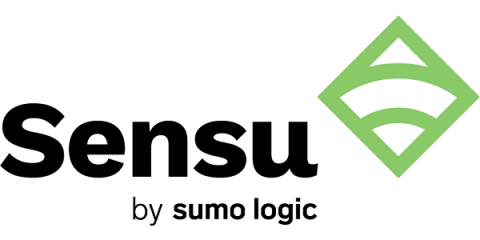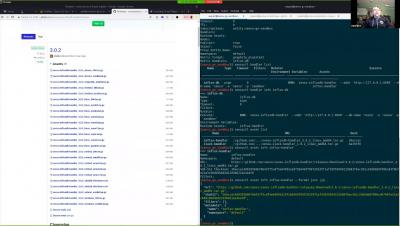Sensu Go 5.2: Updates & introducing enterprise features in Sensu Go
We’re thrilled to announce that the latest release of Sensu Go — version 5.2 — is available today! Sensu Go empowers you to automate your monitoring workflows, offering a comprehensive monitoring solution for your infrastructure, applications, and connected devices. Sensu Go is a massive improvement over the original Sensu (version 1.x), with an emphasis on ease of use and quick time to value.






